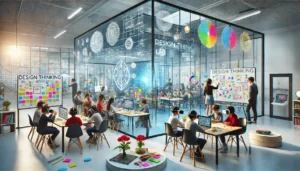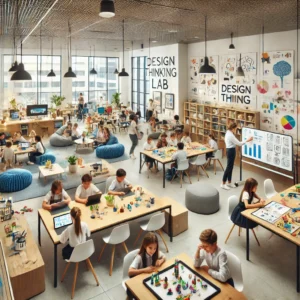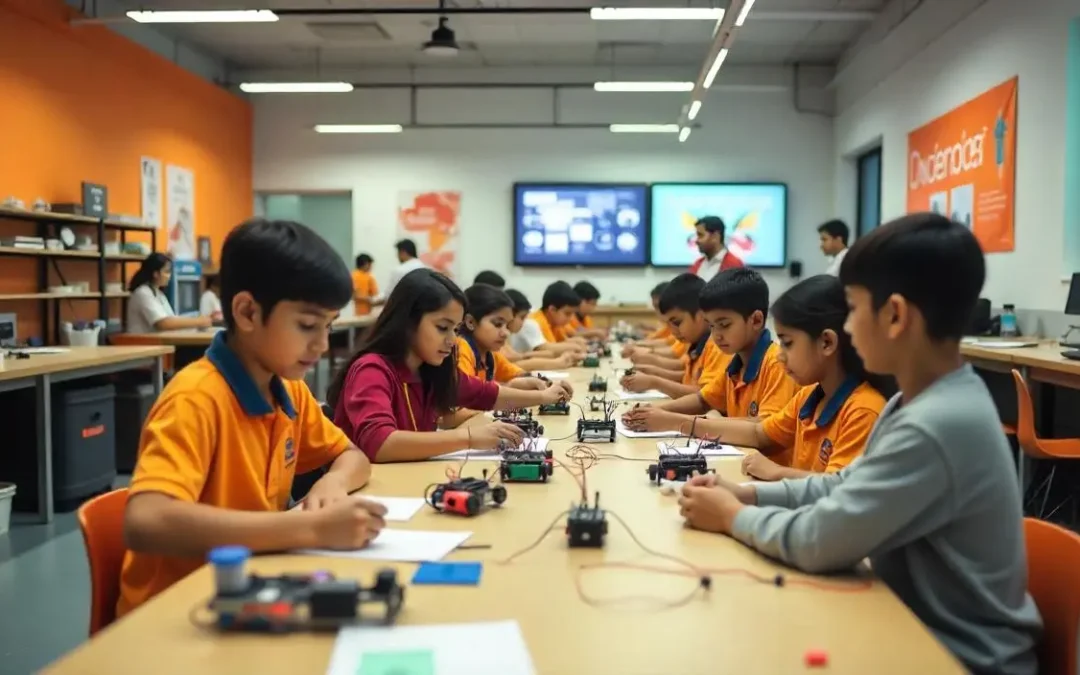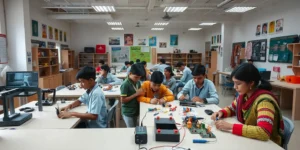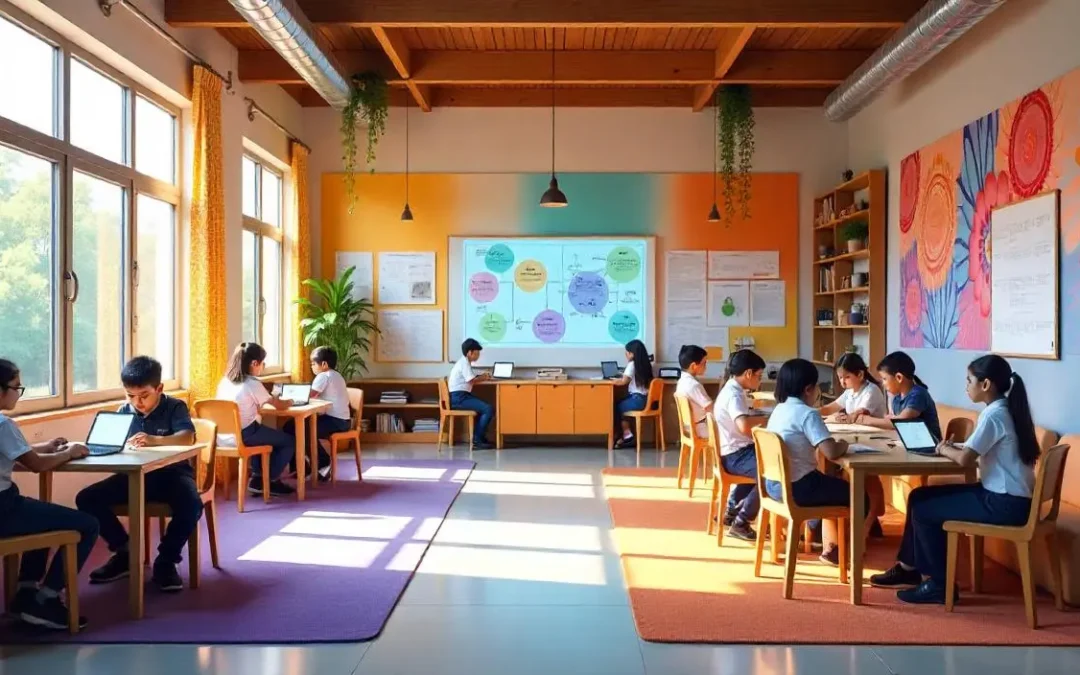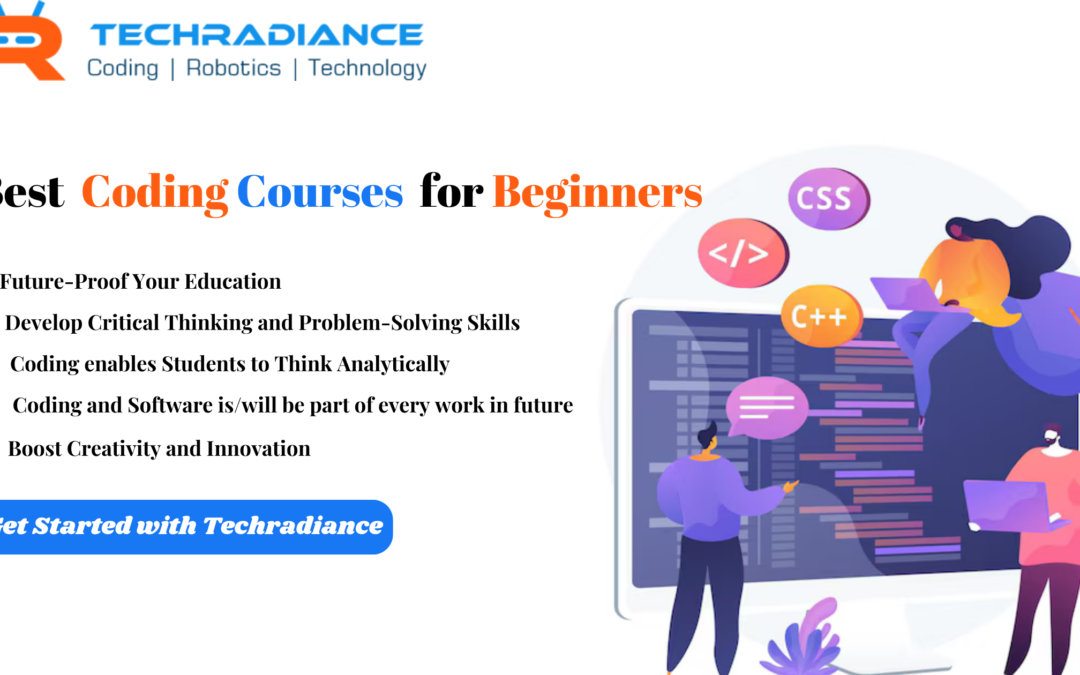
How to get the Best Coding Courses for beginners in 2025
One of the best Career choice decisions you can make in 2025 is to learn to code. Coding abilities are necessary whether you want to work as a software developer, create websites, or create apps. It can be challenging to select the Best coding courses for Beginners that fit your learning preferences and objectives, though, because there are so many options.
In this guide, we will outline what to look for in a course and assist you in locating the best coding schools for beginners.
Why Learn Coding in 2025?
Coding is no longer just for software developers because technology is quickly developing. Coding ability is also needed in fields including marketing, healthcare, and finance. You can benefit from learning to code by:
- Get a tech career that pays well.
- Start your own company or work as a freelancer.
- Increase your ability to solve problems and think logically.
- Create your games, apps, or websites.
The best approach to get started if you’re new to programming is to sign up for online coding classes for beginners.
What to Look for in the Best Coding Courses for Beginners?
Not every Coding course for beginners looks for these characteristics when selecting the best course:
a) Content for Beginners
The training should begin at the beginning and work its way up to more complicated ideas. Seek out classes that address:
- Fundamental ideas in programming.
- Practical coding tasks.
- Step-by-step efforts.
b) Interactive Learning
Writing real code is the most efficient way to learn how to code. Select the Best coding classes for Beginners that are accessible to beginners, such as sites that provide coding tasks and difficulties.
c) Knowledgeable Instructors
Check whether professionals from the industry are offering the course. A skilled teacher simplifies difficult subjects.
d) Employment Assistance & Certification
Seek for classes that offer certifications or help with placement if you are learning to gain a career.
e) Affordably priced
Many beginner-friendly online coding courses provide discounts or free trials. When selecting a course, take your budget into account.
Choosing the Best Coding Courses for Beginners with Techradiance
The Best coding courses for beginners have been assembled by Techradiance to make it easy for you to get started with programming. It provides beginner-friendly courses with hands-on learning, regardless of your interest in software engineering, web development, or data science. You may learn to code at your own pace and lay the groundwork for a successful calculating career with flexible scheduling and expert-led courses.
Choosing the Right Programming Language
Consider which programming language to learn first while choosing the Best coding courses for beginners. Here are a few wise decisions:
- Python: Popular in web development, automation, and artificial intelligence, with a simple syntax.
- Web development: Web development requires JavaScript.
- Java: Used in the creation of Android applications.
- C++: Well-liked for system programming and game development.
If you’re not sure, start with Python or JavaScript. These are helpful and easy for beginners to utilize.
Free vs Paid Coding Courses for Beginners – Which One Should You Choose?
Both free and paid choices are available for many online coding courses for beginners level. Here’s a brief analogy:
| Feature | Free Courses | Paid Courses |
| Cost | Free | Visit here |
| Instructor Support | Limited | Full Support |
| Certification | No | Yes |
| Course Depth | Basic-Intermediate | Advanced |
How to Make the Most of Your Coding Classes for Beginners?
Participating in a course is only the beginning. Use these pointers to become a true coding expert:
a) Consistent Training
Set out at least half an hour every day to code. You get better more quickly the more you practice.
b) Create Actual Projects
Create tiny tasks to put what you’ve learned into practice. Try constructing:
- A private webpage.
- An app for a basic calculator.
- An API-based weather app.
c) Participate in Coding Groups
Participating in a coding community keeps you inspired. Sites like Reddit, Stack Overflow, and GitHub are excellent for networking and education.
d) Accept Coding Difficulties
Websites that provide coding challenges that enhance problem-solving problems include LeetCode, CodeChef, and HackerRank.
e) Stay Regular
Coding takes time to learn. Continue practicing and never give up, even if you don’t initially comprehend everything!
Best Coding Courses for Beginners in 2025 :
Here is a brief overview of the Best coding classes for beginners in case you’re still not sure where to begin:
- Top Interactive Course
- Top Course at the University Level
- Techradiance is the most cost-effective course (affordable with discounts).
- Top Certification Program
Final Thoughts:
The Best coding courses for beginners in 2025 don’t have to be hard to find. Choose a programming language, enroll in a beginner-friendly course, and practice regularly to get started. Regardless of whether you decide to take paid or free classes, the most crucial thing is to continue coding consistently.
Is it time for you to begin learning to code? Take the first step toward becoming an experienced coder by Studying the abovementioned platforms!
Frequently Asked Questions( FAQ’S)
1. What are the Best Coding Courses for Beginners in 2025?
Best Coding Courses for Beginners in Python, Java, Web Development, and many Subjects are available on Techradiance.
2. Who can enroll in Coding Courses for Beginners?
Is anyone interested in learning to code? No prior experience is required.
3. What programming languages will I learn?
Python, Java, C++, HTML, JavaScript, and other languages are available for learning.
4. Are these Coding courses for Beginners online available?
Yes, Techradiance provides beginner coding classes both in-person and online.
5. How long do the Best Coding Courses for Beginners take?
Course durations can range from a few weeks to many months depending on the program.


